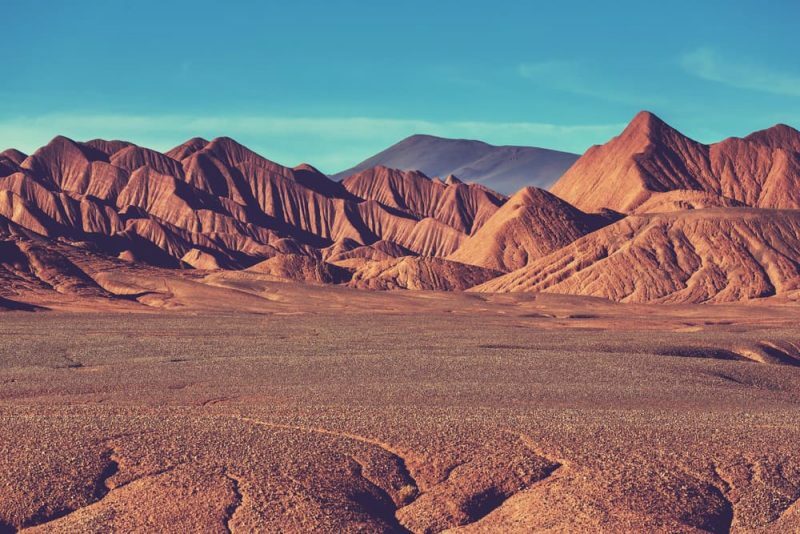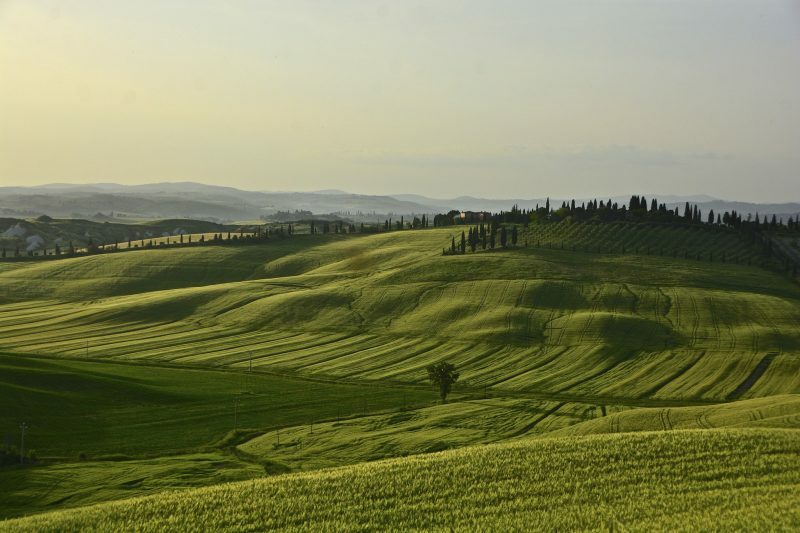04/07/2021
0
Views
The moutains, the plateaus and the plains they are common topographic features in the earth's crust and present to varying degrees on the five continents. They are distinguished from each other by the height reached and by the specific shape of their reliefs.



Follow with:
